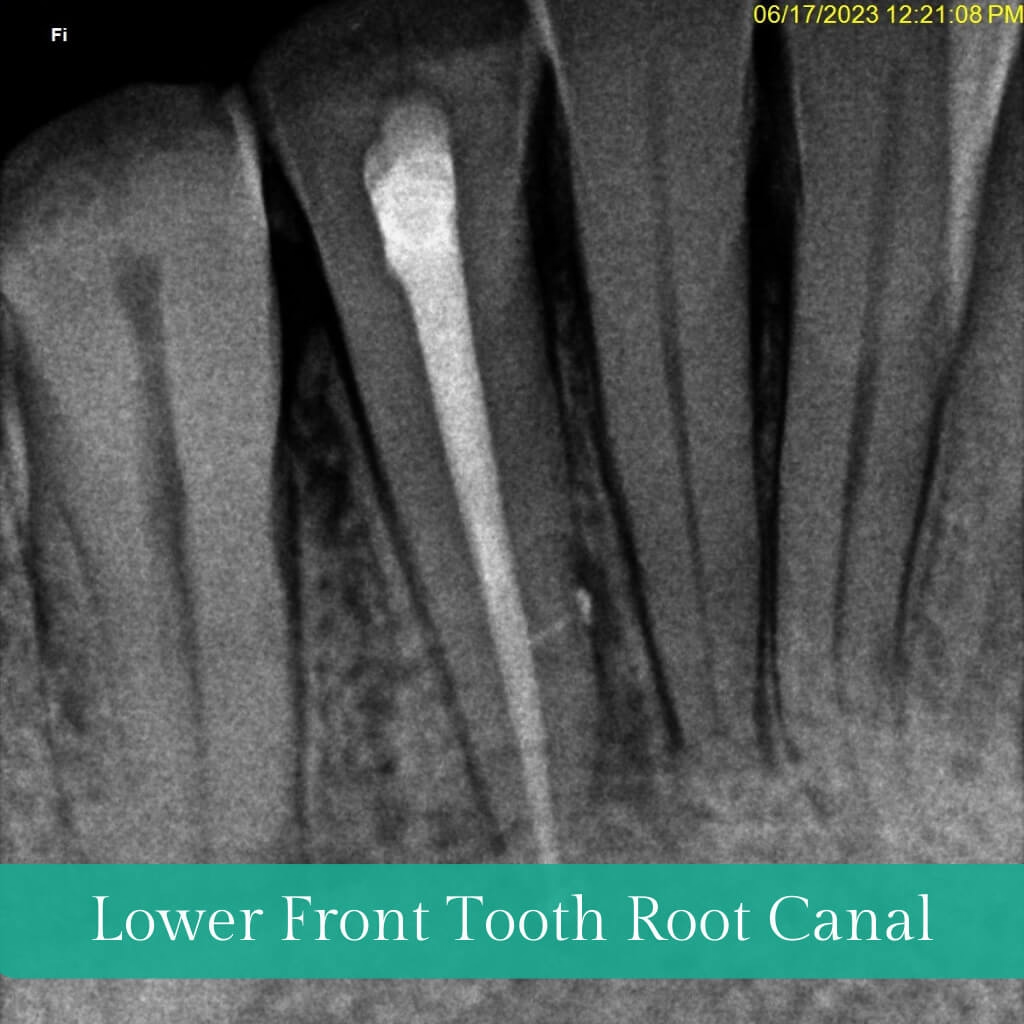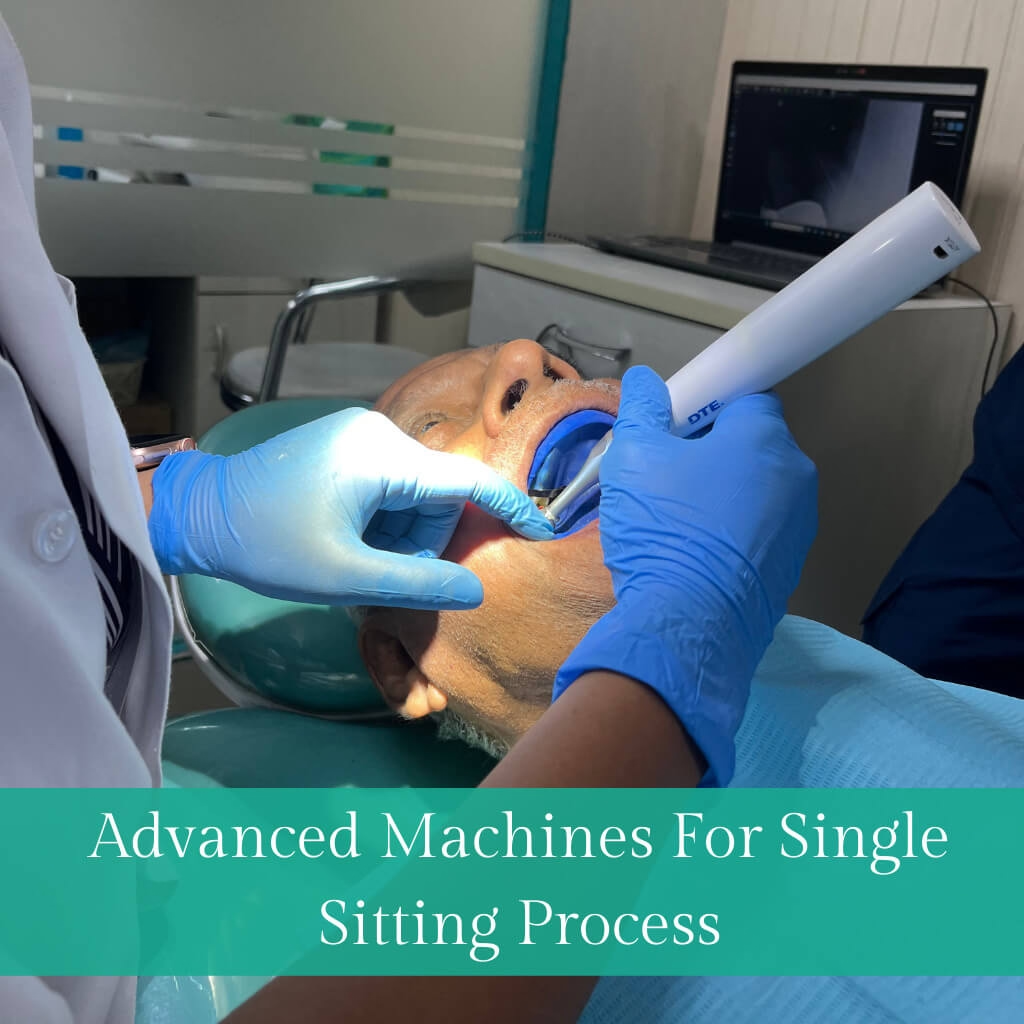Things to Know Before You Get an RCT!
Are you experiencing sharp tooth pain or sensitivity to hot and cold food and drinks? Does your tooth hurt every time you try to take a bite? Does eating ice creams feel like a nightmare? If so, you may be in need of a root canal treatment.
But what do you need to know before deciding to get one? This article will provide an overview of RCT, including the signs, procedure, and post-treatment care.
Read on to find out the essential things to know before you get an RCT.
Key Takeaways
- RCT eliminates pain without extracting the tooth
- RCT saves the tooth and prevents further damage
- Symptoms for RCT include persistent tooth pain, sensitivity to hot and cold, boil or pimple formation on gums, tooth discolouration, pain on biting/ chewing and swollen jaw.
- After RCT, it is important to eat soft foods, avoid hard and crunchy foods, and maintain good oral hygiene to prevent further decay and unnecessary strain on the treated tooth.
What Is Root Canal Treatment (RCT)
Root Canal Treatment (RCT) is a dental procedure used to treat an infected tooth. Bacteria infiltrate the pulp chamber of the tooth, leading to symptoms such as pain, heightened sensitivity to hot and cold foods, as well as tooth discolouration.
RCT removes the infected pulp and seals the root canals to stop the spread of bacteria. It's important to undergo the procedure as soon as possible to prevent further damage and to save the tooth from extraction.
Talk to your dentist about the procedure and any follow-up care that may be needed.
Signs You Might Need an RCT
Do you know what signs might indicate that you need an RCT? Common signs that you might need RCT include:
- Tooth pain (constant or radiating)
- Sensitivity to hot and cold
- Swelling or an abscess
- Darkening/Greying of the tooth.
- Pain when chewing or applying pressure
- Pain that spreads to the jaw, ear, or neck area.
- Tenderness or swelling in the nearby gums
RCT Procedure Overview
- Diagnosis: The initial step involves the dentist inspecting the tooth and conducting X-ray scans to evaluate the scope of any infection or damage.
- Anaesthesia: Local anaesthesia is administered to numb the tooth and the surrounding area, ensuring the patient's comfort during the procedure.
- Isolation: A rubber dam is positioned around the tooth to maintain a dry and saliva-free environment during the procedure.
- Access: The dentist creates a minor opening in the tooth's crown to reach the pulp chamber and root canals.
- Cleaning and shaping: The diseased or injured pulp tissue is removed, and then the root canals are meticulously cleaned, shaped, and disinfected.
- Filling: Following the cleaning and shaping process, the dentist seals the emptied root canals with a biocompatible material known as gutta-percha.
- Restoration: A temporary or permanent filling is placed in the access opening to seal the tooth. In many cases, a dental crown is advised to protect and restore the function and aesthetics of the tooth.
Pain Management and Recovery
Managing the pain and recovering from a root canal treatment requires careful planning. Talk to your specialist about the available options for pain management and recovery, including:
- Oral Sedative – calming medication taken before the procedure
- Conscious Sedation – intravenous medication given during the procedure
- Nitrous Oxide – inhaled gas that produces a relaxed state
- Local Anesthesia – numbing injection to reduce pain during the procedure
Your specialist will recommend the best combination of these options for your situation.
After the procedure, you may need to take over-the-counter or prescription pain medication to reduce discomfort. Furthermore, it is crucial to adhere to a soft food diet during the initial few days and abstain from consuming hard or crunchy foods that could potentially harm the tooth.
Once the root canal procedure is finished, your tooth can be restored using a crown or another type of restoration. With diligent care and regular dental check-ups you can anticipate your tooth to remain healthy and functional for a lifetime.
Potential Complications
No medical procedure is without risks, and RCT is no exception. While it's generally a safe and effective treatment, we'll discuss potential complications that can arise. Being informed about these risks will help you make an educated decision and recognize any issues should they occur.
Potential complications during root canal treatment can include:
- Instrument separation: This occurs in very curved canals or canals, which have a very sharp, tortuous path to clean and navigate with instruments.
- Extreme pain: Bacteria entering the blood vessels can cause severe discomfort.Root canal failure: Incomplete cleaning or sealing of the root canal can result in this complication.
Aftercare and Maintenance
After a root canal procedure, it's important to understand the necessary aftercare and maintenance to ensure the best possible outcomes. Here are 5 key points to consider:
- Have regular check-ups and cleanings with your dentist to detect and treat any infections or issues early.
- Maintain good oral hygiene and take prescribed medication.
- Consider getting a crown or cap to secure the tooth and give it strength to resume normal function post-RCT as per recommendation from your dentist.
In addition, it's advisable to avoid hard and crunchy foods that can cause further damage. If any pain or sensitivity persists, it's crucial to contact your dentist for further diagnosis and treatment.
Foods To Avoid:
- Hard Nuts and Seeds
- Hard roti or naan
- Crunchy snacks like samosas
- Sticky sweets like gulab jamun/caramel-based sweets and toffees
- Citrus fruits and juices
- Chewy candies
- Corn on the cob
- Trying to open bottle caps with teeth.
- Foods To Eat:
- Khichdi
- Dal (Lentil Soup)
- Paneer Bhurji
- Mashed Potatoes
- Raita (Yogurt)
- Kheer (Rice Pudding)
- Poha
- Fruit Custard
Common Myths About RCT
Root Canal Treatment (RCT) is a common dental procedure, but there are still many misconceptions surrounding it. Here are the four most common myths about RCT:
- Dental Implants are better than RCT: False. Implants are only suitable for certain cases; RCT is usually a better option as it preserves the original tooth.
- RCT is a long and painful process: False. With modern techniques, RCTcan be done in a single sitting and with advanced anaesthesia, it is completely painless.
- RCT can be done only with hand and pins: False. With modern technology, RCT can be done with greater efficiency using specialized rotary instruments and Laser for disinfection.
- High risk of RCT: False. If done properly, the risk is minimal; there are many benefits, such as relieving pain and preventing further damage.
| Myth | Fact |
|---|---|
| RCT is painful. | NO! Once the anaesthetic solution is injected, you will not feel any pain or discomfort while the doctor treats your tooth. |
| RCT needs many sittings. | NOT ALWAYS! With advanced technology like rotary instruments and laser-assisted disinfection, RCT can be completed in a single visit lasting 30-60 minutes. |
| RCT makes teeth weak, and they break/ fracture. | NO. Teeth become weak due to decay, which is cleaned during the RCT procedure. When significant decay and loss of natural tooth structure occur, our recommendation to patients is to opt for a crown or cap. This serves as a protective measure, safeguarding the tooth against external forces and the risk of fractures. |
| Removing the tooth is better than RCT. | NO WAY! As doctors, we always strive to preserve and save as much normal and natural structure as we can. Removal of the tooth is the last resort only if the decay or infection is beyond the scope of treatment. |
FAQ’s
Conclusion
Deciding to get a root canal treatment can be a difficult decision. It's important to be informed and knowledgeable about the symptoms, procedure, and care that comes after in order to make an educated decision.
RCT is no longer a multiple sitting and painful process. At Hope Dental and esthetic clinic Noida, we perform single sitting RCTS in 30-60 minutes regularly, and with the right care and maintenance, the healing process is as smooth as silk!




